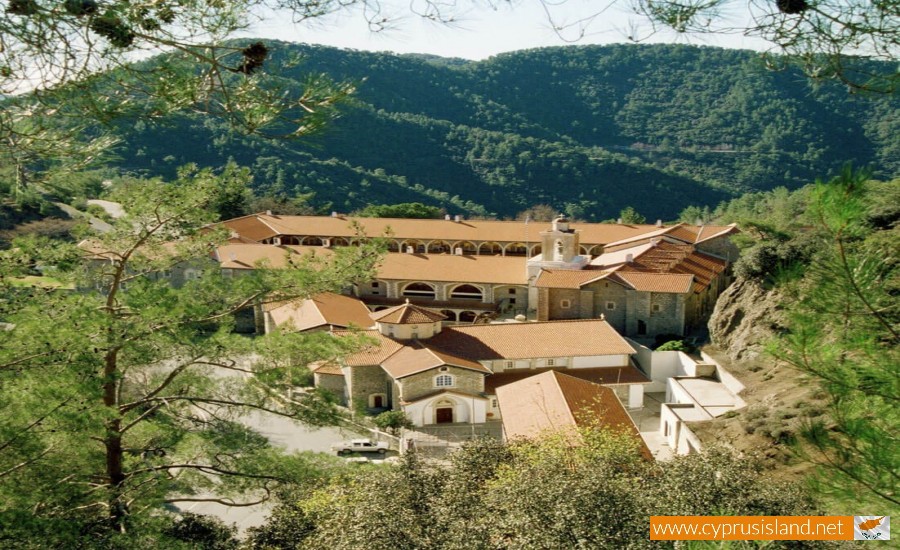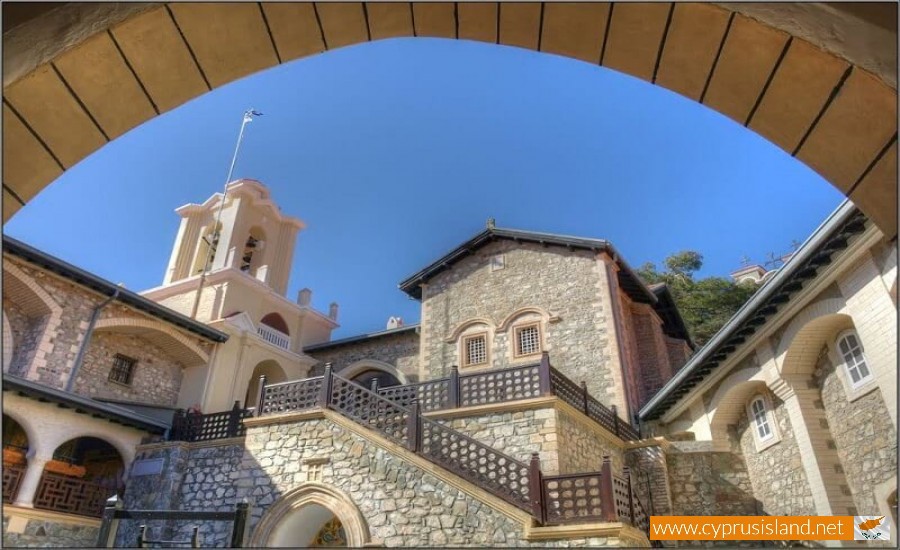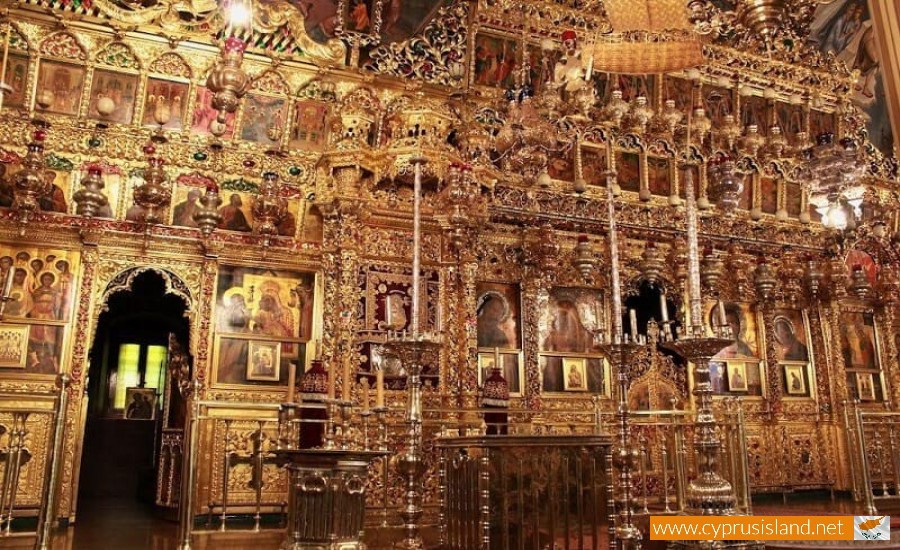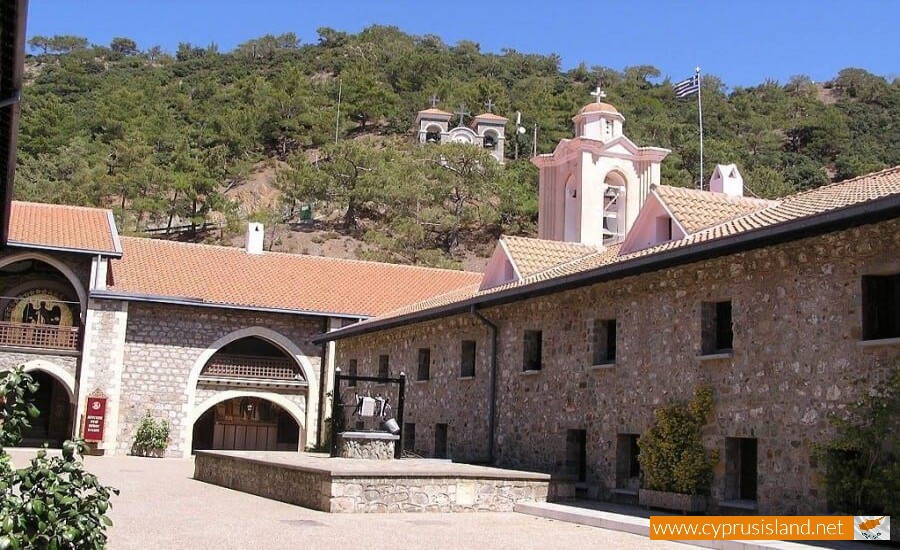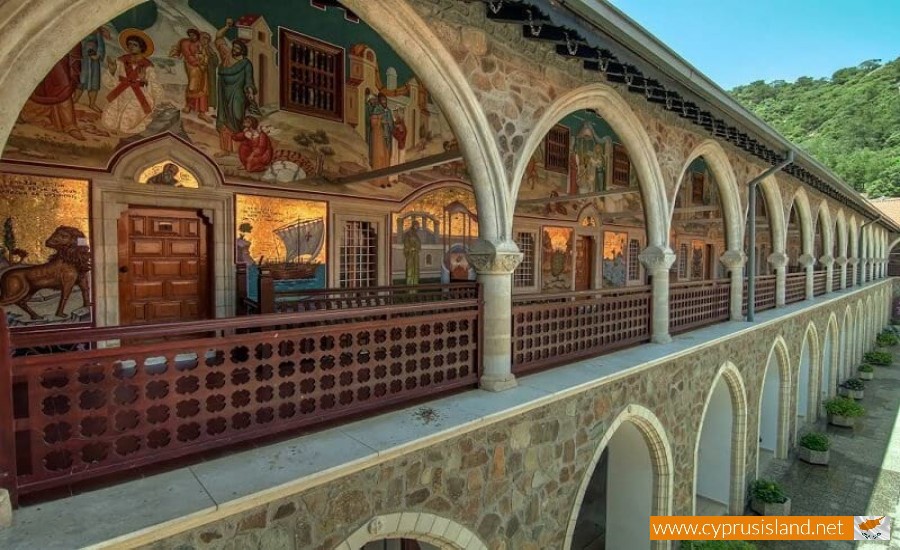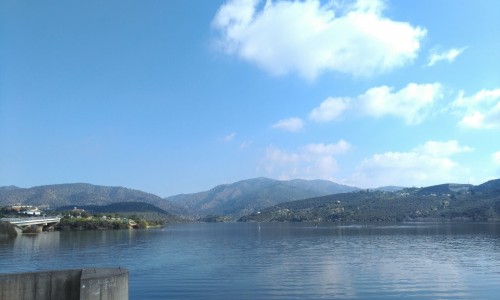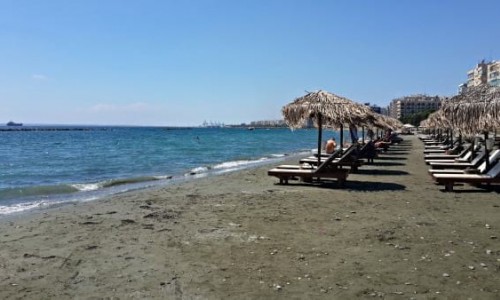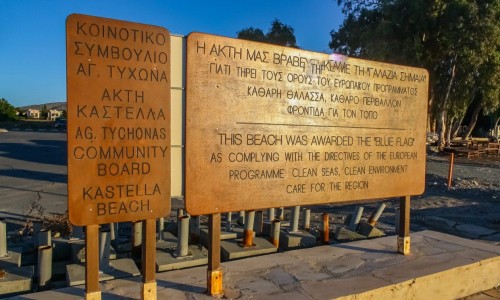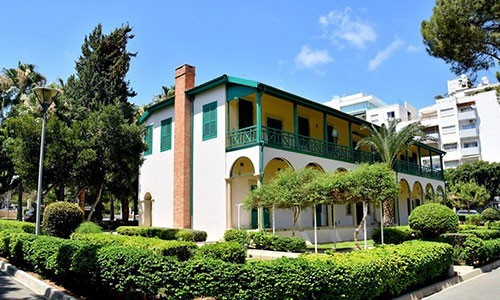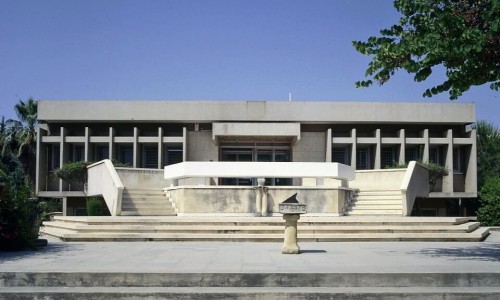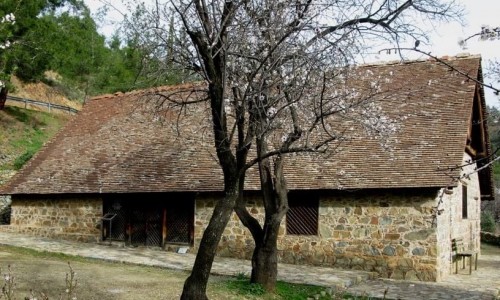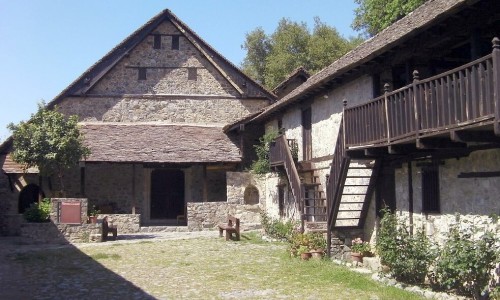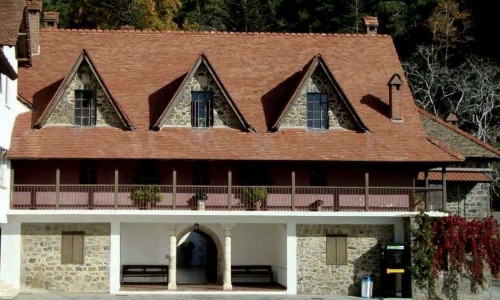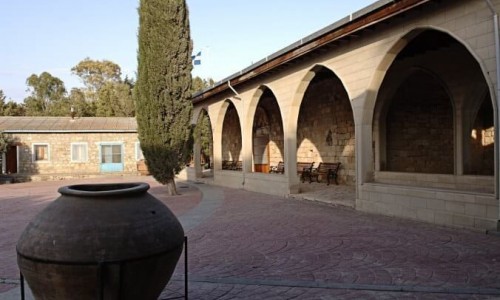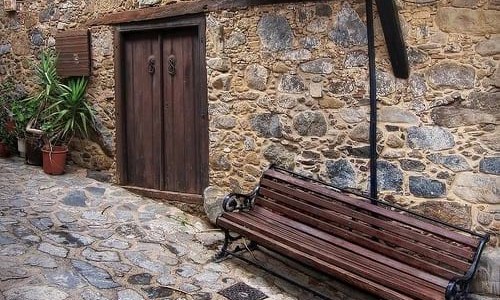Kykkos Monastery
High in the verdant Troodos Mountains of Cyprus, shrouded in pine forests and misty mountain air, lies one of the island’s most revered and iconic religious sites: Kykkos Monastery. Officially known as the Holy Monastery of the Virgin of Kykkos, this sacred institution is both a spiritual beacon and a cultural treasure, drawing pilgrims, tourists, and history enthusiasts alike. Steeped in centuries of history, the monastery stands as a testament to faith, resilience, and Cypriot artistry.
A Journey into History
The story of Kykkos Monastery stretches back to the 11th century. Tradition holds that it was founded around 1090 by the monk Nicephorus, who was later assisted by wealthy donors and local villagers. Central to its significance is the monastery’s treasured icon of the Virgin Mary, said to have been painted by the Apostle Luke himself. This icon, known as the “Panagia Kykkotissa,” is cloaked in legend; it is believed to possess miraculous powers, particularly in granting protection and blessings. Over the centuries, Kykkos became a focal point of Cypriot spirituality, attracting countless pilgrims seeking divine guidance.
The monastery’s history is intertwined with the turbulent past of Cyprus. It survived Ottoman rule, regional conflicts, and natural disasters, yet each time it was rebuilt or restored, reflecting the unwavering dedication of the Cypriot faithful. Its walls hold layers of history: frescoes and murals from the Byzantine era mingle with newer artistic expressions, while centuries-old manuscripts and relics provide glimpses into the spiritual and cultural life of the island.
Architectural Splendor
The architectural presence of Kykkos Monastery is immediately striking. Perched on a mountainside at approximately 1,200 meters above sea level, it dominates the surrounding landscape with its pristine white walls, red-tiled roofs, and graceful domes. The complex consists of multiple chapels, monk’s cells, and administrative buildings, arranged around a central courtyard that pulses with a sense of calm and order.
Inside the main church, visitors encounter the monastery’s most sacred treasure: the icon of the Virgin Mary. The icon is heavily adorned, often covered with gold and silver, reflecting the reverence in which it is held. Only priests and select monks are permitted to approach it closely, yet its aura is palpable even from a distance. The church’s interior is richly decorated with frescoes depicting biblical scenes, saints, and historical events, creating a visual narrative that connects the faithful with centuries of Cypriot religious tradition.
A Feast for the Senses
Kykkos Monastery is more than a visual experience; it engages the senses in subtle and profound ways. The scent of incense and beeswax fills the air, carried gently from lit candles and the monastery’s workshops. The quiet rhythm of monastic life—prayers, chants, and the soft footsteps of monks—adds a layer of serenity that contrasts with the dramatic mountain scenery outside.
The surrounding landscape itself is integral to the monastery’s allure. Pine forests and mountain trails offer peaceful walks, while panoramic viewpoints provide breathtaking vistas of the Troodos range. In spring, wildflowers carpet the slopes; in winter, the mountains may be dusted with snow, giving the monastery a fairy-tale-like appearance. The interplay of natural beauty and spiritual presence creates an atmosphere of reflection and contemplation, drawing visitors into a unique, almost timeless experience.
Pilgrimage and Cultural Significance
Kykkos is both a pilgrimage site and a cultural landmark. Every year, thousands of believers travel from across Cyprus and beyond, particularly on the feast days of the Virgin Mary. Pilgrims often light candles, pray, and seek blessings, creating a shared sense of devotion that has endured for centuries. For many, visiting Kykkos is not just a tourist activity but a spiritual journey, a chance to connect with faith, tradition, and the enduring legacy of Cypriot Orthodox Christianity.
The monastery also plays a role in preserving and promoting Cypriot culture. Its workshops produce intricate religious icons, hand-painted by skilled monks, which are highly prized by collectors and pilgrims alike. Visitors can observe these artisans at work, gaining insight into techniques that have been passed down through generations. The monastery’s museum further enriches the experience, displaying rare manuscripts, liturgical garments, and religious artifacts that illuminate the island’s spiritual and artistic heritage.
Seasonal Experiences
Each season offers a distinct perspective on the monastery. In spring and early summer, the surrounding mountains are vibrant with greenery and wildflowers, and the monastery’s terraces provide stunning views over valleys and distant peaks. Autumn paints the landscape in warm oranges and reds, enhancing the sense of serenity and reflection. Winter, though quieter, lends the monastery a mystical quality; snow-tipped pine trees and fog-shrouded hills make the site feel both isolated and sacred, as if removed from the ordinary flow of time.
Visitors who explore nearby hiking trails find the monastery serves as both a destination and a starting point. Trails wind through forests, past streams and small chapels, revealing hidden vistas and quiet spots perfect for meditation. For nature lovers and hikers, this combination of spiritual and natural exploration creates a holistic experience that engages mind, body, and soul.
The Monastic Way of Life
Kykkos is still an active monastery, home to a small community of monks who maintain a disciplined routine of prayer, work, and study. Observing this way of life offers a rare glimpse into the continuity of monastic tradition. Monks rise early for prayer services, tend gardens, craft icons, and maintain the monastery’s complex architecture. Visitors are often struck by the sense of purpose and devotion that permeates daily life, creating a profound respect for both the spiritual and practical dimensions of monasticism.
Beyond the Monastery: Local Legends and Mystique
Legends and stories abound around Kykkos Monastery, adding a layer of mystique. Tales of miraculous interventions, visions, and the protective power of the Virgin Mary’s icon circulate widely, often passed down through generations of Cypriots. These stories not only deepen the spiritual aura but also enrich the visitor’s experience, providing context for the rituals, traditions, and reverence observed at the site.
Even the journey to the monastery is part of the experience. The winding mountain roads, with their breathtaking vistas and sudden clearings revealing the monastery in the distance, create a sense of anticipation and reverence. Many travelers report a heightened awareness and quiet reflection as they approach, preparing themselves for the blend of awe, serenity, and historical depth that awaits.
Kykkos Monastery is more than just a religious site; it is a cultural, historical, and spiritual landmark that encapsulates the essence of Cyprus. Its centuries-old walls hold stories of devotion, resilience, and artistry, while the surrounding Troodos Mountains amplify the sense of wonder and reflection. Whether approached as a pilgrimage, a cultural exploration, or a scenic retreat, the monastery offers a deeply enriching experience that resonates long after departure.
For travelers seeking a journey into faith, history, and the natural beauty of Cyprus, Kykkos Monastery stands as a shining example of how spirituality, art, and landscape can merge into a singular, unforgettable experience. Walking through its courtyards, observing the sacred icon, and breathing in the mountain air, one cannot help but feel connected to the enduring heartbeat of Cypriot tradition—a rhythm that has persisted for nearly a millennium.
Region: | Troodos |
District: | Nicosia |
Operating hours: | November - May: 10:00 - 16:00 |
Phone number: | 357 22 942 742 |
Fax: | 357 22 942 384 |
Entrance Fee: | €5,00 per person €3,00 for groups |
Website: |


